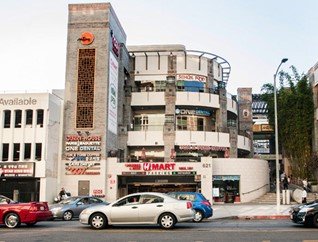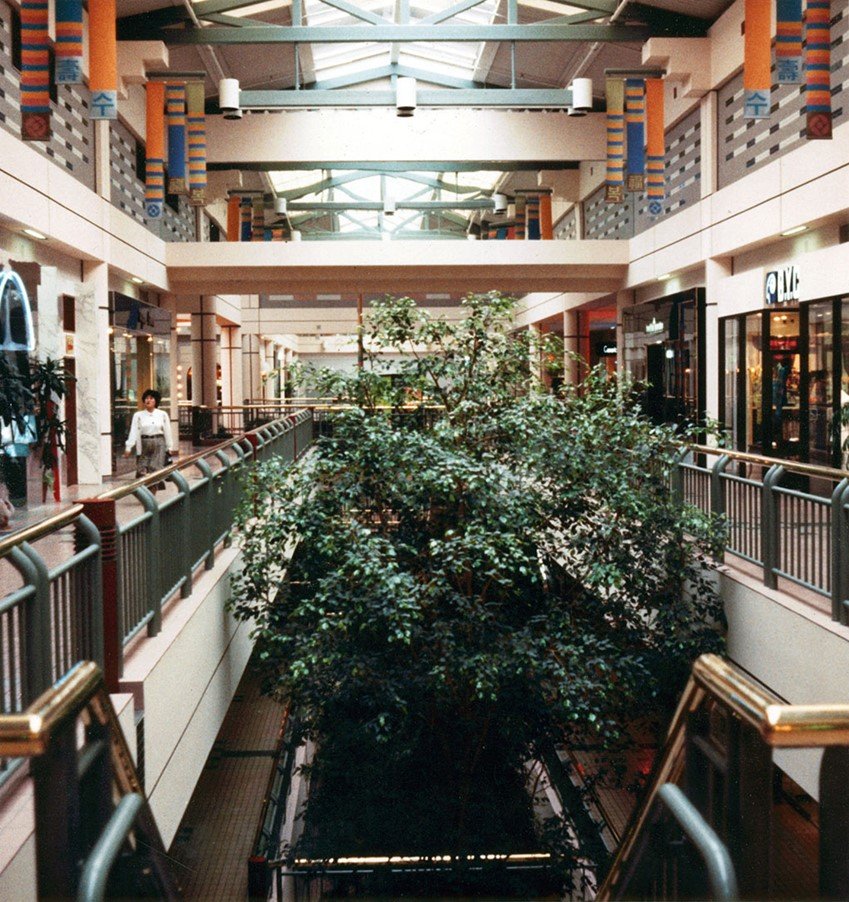Hybrid identity: H 마트
BY CHARLOTTE KYM TOMLINSON
This year, the Lunar New Year or Seollal (설날) fell on Saturday, 10th February. My family, in true Korean-American fashion, celebrate this with utmost superstition. We do not wash our hair on the day of the new year, lest our luck be stripped away by Pantene. We drive to the nearest H-mart, a Korean grocery store that sells food, appliances, and unnecessary items beloved by ajummas, and stock up on the ingredients for tteokguk (떡국). But, since they live in Los Angeles and we live in the UK, we celebrated on the day of the Western new year, January 1st.
This kind of encapsulates our Koreanness, it’s there, it’s real, but diluted. I am embarrassed to admit that I have never been to Korea, my mother has only visited twice. Yet, Korean is her first language and I find myself most at peace walking around the Koreantown Plaza in central LA, where I do not stand out. Here, it is obvious that I belong, however tall or beak-nosed I am in comparison to my mom, aunts, or uncles. Our Korean is old-fashioned, stilted, and overly formal - a product of the 1960s. Yet, we continue to try to speak it, especially when we walk around H-Mart.
To my knowledge, there is only one H-Mart in the UK. It opened in 2009 in New Malden, the area with the largest Korean community in the UK. It pales in comparison to the miles of Korean businesses, restaurants, and stores that extend throughout the Greater Los Angeles area. Nonetheless, my mother and I would travel the hour to access a Korean hairdresser (my mom still insists that Western stylists do not know how to bleach Asian hair). We would then frequent H-Mart and buy what we could not find elsewhere: kalbi sauce, kkakdugi, gochujang, seaweed, 2.5 kilo bags of sticky white rice - the list goes on.
These are the few occasions in which I would hear my mother speak Korean, and likely why most of my Korean revolves around food: asking someone if they ate yet, ordering for the table, full or hungry, fat or too thin. Korean is a language I use only on the phone with my mom, in conversation with my aunt but not my cousin (who is younger and does not speak it), or in awkward reunions with older relatives and extended family. I don’t know how to use slang, or grammar particularly well. I don’t know many young Korean people at all, and those that I do would probably deem all of this a sad imitation. I do not look Korean enough, I do not speak enough Korean.
It is not an unfair assessment.
Seollal signals the passage of time, the addition of a new year, and with that time I become aware of an impending deadline. My Habo (grandfather) passed away in 2006, my Halmeoni (grandmother) in 2014. With each year that passes, my connection to them feels weaker.
The Korea they emigrated from is long gone. My Habo was born the only son of a noble family (양반) in Seoul, but was orphaned and raised under Japanese annexation. Part of what made Seollal especially important to him was that its celebration was prohibited under Japanese rule. My Halmeoni was originally from North Korea and escaped to the south with most of her family. To them, Korea was not a divided country. Obviously, younger Koreans have a very different experience.
Indeed, because the Korea they left has faded into the past, I feel increasingly disconnected from my Korean identity. My fear is that with each Seollal, I will lose something integral.
My experience of Koreanness is fundamentally Western. I did not watch Korean films or television as a child (other than a few K-dramas with my Halmeoni). My memory of K-Pop begins in 2012, when it blew up in the West and people started to fetishise my Koreanness. I remember being called upon to speak about North Korean politics in class because the English kids did not know or did not care to know the difference between the North and South. I remember people moving away from me during the Covid-19 pandemic on my commute to school and I remember the familiar sting of being called a ‘chink’. Evidently, I am not Korean enough to be Korean but I was foreign enough to be confused with the other half Korean girl in my reception class.
So really, what I am and what I share with my Korean-American family is that we are ‘other’. We are not Korean but we are not truly Western either. In H-Mart, it all co-exists. The American-sized products are labelled in Korean, English transliteration, and English translation. The shop assistants are almost always bilingual and you can bet that Hanmi Bank will be within 100ft of the store, if not attached to it. H-Mart embraces its and our cultural hybridity and back in St Andrews, I miss it dearly.
ST.ART Magazine does not own the rights to any image used in this article



